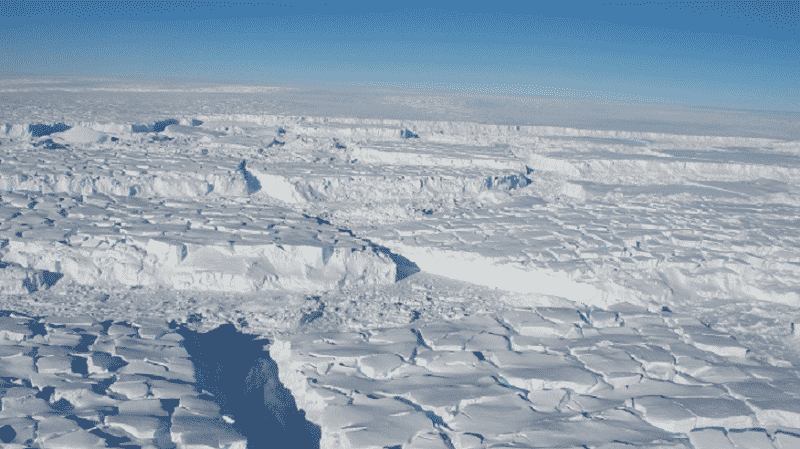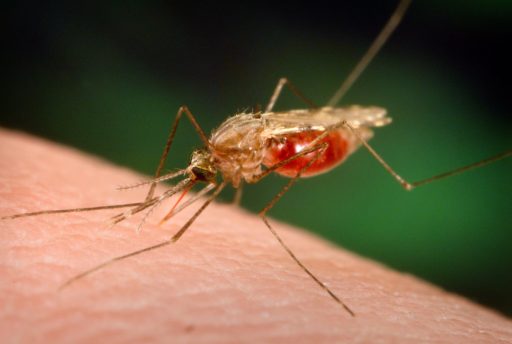Global warming may surface in the headlines every so often but it can actually be seen happening in the Antarctic Ice Sheet. This huge body of ice is gradually melting and scientists say there is no way we can stop it.
The melting of these ice sheets is obviously a result of rising global temperatures. However, not all can be blamed on mankind since the key factors triggering this increase in the rate of melting ice is primarily due to the warm water in the ocean’s depths.
This warm water is leading to an overall temperature elevation which, in turn, is eating away the West Antarctic Ice Sheet. The momentum of this melting is such that two recent studies have concluded that it can’t be stopped. One of these studies was published in Science by University of Washington researchers. The other, by NASA, has been accepted for publication in Geophysical Research Letters.
University of Washington researchers predict that the melting will eventually lead to a rise of 2 feet in the ocean level over the course of the next few centuries. This will trigger a massive chain-reaction, melting many more ice glaciers and increasing the sea levels by 10-13 feet soon after.
The NASA study has a slightly different set of predictions. This study foresees a 4-feet rise in the sea levels in the future, a prediction based on decades of observations by the space agency.
What both studies agree on is the fact that there’s no human way of stopping this meltdown. This means that inevitably, we will have to adjust to a significant rise in the sea levels over the coming decades. And that may spell doom for many low-lying cities which will come under water as a result.
Sources: NASA, University of Washington
[ttjad keyword=”atnt-contract-phone”]




